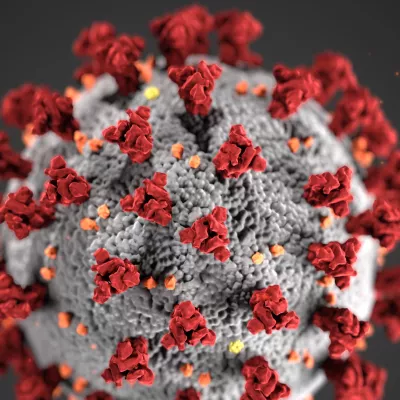Health forecasting
We create forecasts and custom future scenarios to study the impact of new policies, technologies, or interventions on health outcomes.
9.73 billion
people are expected to be alive at the projected population peak in 2064.
8.79 billion
people are expected to be alive as the world’s population declines in 2100.
2.37 billion
people older than 65 years and 1.7 billion younger than 20 years are forecasted to be alive in 2100.
8.6 years
will be added to the global life expectancy for men and 7.4 years for women by 2100.
Interactive data visuals
Datasets in our catalog
Visit the Global Health Data Exchange (GHDx) to download our estimates and data sources for health forecasting.
Global Fertility, Mortality, Migration, and Population Forecasts 2017-2100
Estimate
Global Fertility, Mortality, Migration, and Population Forecasts 2017-2100
European Economic Area COVID-19 Hospital Needs and Death Projections
Estimate
European Economic Area COVID-19 Hospital Needs and Death Projections
Global Life Expectancy, All-Cause Mortality, and Cause-Specific Mortality Forecasts 2016-2040
Estimate



